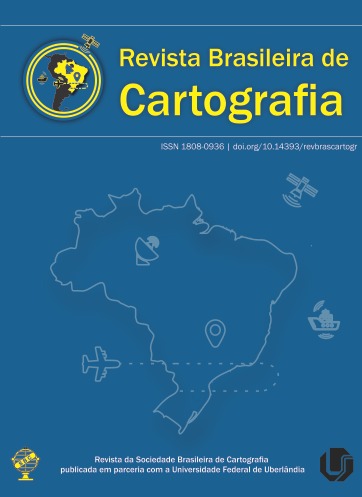The Effect of Covariance between Baseline Components on the Reliability of GNSS Networks: Results for a Highly Redundancy Network
Main Article Content
Abstract
The most recent version of the reliability theory has been applied to describe the ability of a measurement system to detect, identify and remove outliers for a given probability level. However, the applications of that theory have been addressed to the simulated leveling networks. Here, however, we apply the theory within the context of satellite positioning-based network with real data. We have tested whether the covariances between the baseline components have effect or not on the reliability. We show that covariances increase the success rate in terms of outlier identification and, therefore, improves the reliability of the network. In comparison to a null covariance scenario, the minimal identifiable outlier for 80% of correct identification has decreased about ~30% for the ΔX and ΔY components, and ~14% for ΔZ component. Futhermore, the increase of the significance level had the same proportion of improvement in both scenarios (null and non-null covariance). For high significance levels (α > 0,1) and measurements systems with good redundancy (ri > 0,5), however, the reliability of a stochastic model with null covariances is actually close to that of a full covariances scenario. In the absence of a more realistic stochastic model (e.g.: full covariance between baseline components) and systems with good local redundancy (ri > 0,5), one should choose high critical values ( k< 2,8).
Downloads
Metrics
Article Details
Authors who publish in this journal agree to the following terms:
- Authors retain copyright and grant the journal right of first publication with the work simultaneously licensed under a Creative Commons Attribution License that allows others to share the work with an acknowledgment of the work's authorship and initial publication in this journal.
- Authors can enter into separate, additional contractual arrangements for the non-exclusive distribution of the journal's published version of the work (e.g., post it to an institutional repository or publish it in a book), with an acknowledgment of its initial publication in this journal.
- Authors are permitted and encouraged to post their work online (e.g., in institutional repositories or on their website) before and during the submission process, as it can lead to productive exchanges, as well as earlier and greater citation of published work (see "The Effect of Open Access").





